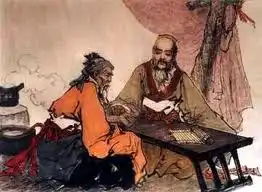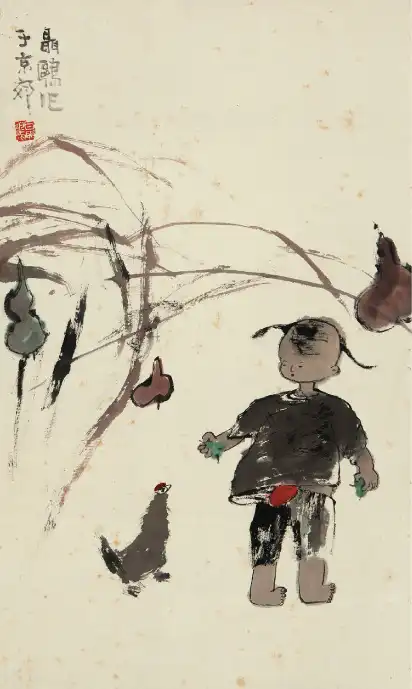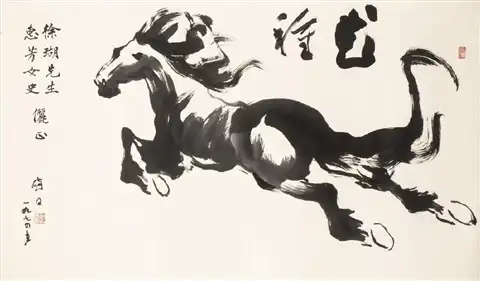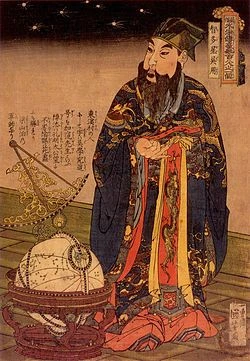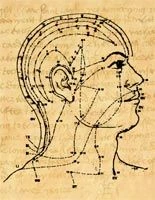Introduction to the disharmony
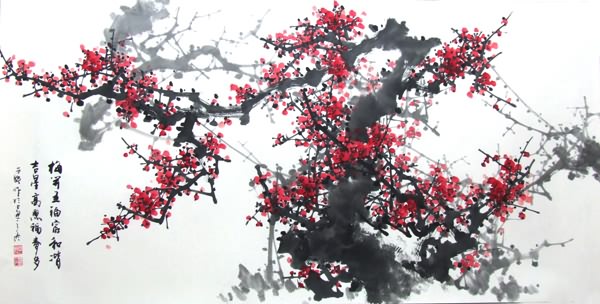
Major symptoms:
- nosebleed
- coughing up blood
- spitting blood
- vomiting blood
- blood in the urine
- blood in the stool
- internal bleeding
Bleeding can be caused by several underlying conditions. One is called “heat in the blood”. It develops when the heat from a febrile disease passes the superficial (defensive) Qi and nutritive Ying levels of the body and enters the blood. Whenever there is heat there is movement; the more intense the heat - the more intense the movement. Thus "heat in the blood" means that the blood moves strongly and recklessly, often forcing out of the blood vessels and causing bleeding.
Trauma and blood stagnation are the other causes for bleeding.
This class of herbs works symptomatically and stops bleeding but the underlying conditions for the bleeding needs to be investigated and addressed. In the case of “heat in the blood” herbs that cool the blood should be added; in the case of Yin deficiency Yin tonifying herbs should be added; in the case of Spleen Qi deficiency herbs that tonify the Spleen should be added; and in the case of blood stagnation blood invigorating herbs should be added.
Major Chinese herbs
Xian He Cao (Agrimonia pilosa) is a stop-bleeding herb that some sources translate as “immortal crane herb” (1) and others as “red-crowned crane’s herb” (2). There is a story explaining how the herb was found and why it was named “red-crowned crane’s herb”.
Long time ago in China two officials were traveling to Beijing to take some examinations. On their way they passed a dessert-like country without any villages. As they kept walking through the dessert country the two officials became more and more exhausted, their food and water supplies also had finished. Suddenly one of the officials developed nosebleed. The blood flow was so strong that it was hard to stop. Craving some water the official looked up in the sky and saw a red-crowned crane cycling over them. Desperate the official shouted to the bird that his only wish is to borrow the bird’s wings and fly out of the desert. Stunned by the loud shout the bird dropped a blade of grass from it’s beak. The official took the grass and put it in his mouth to nurture his thirst. After a short while the nosebleed stopped. Later the two officials looked for the grass and finally found it along some hillsides. It was a perennial herb with soft hairs all over the whole plant. As it has had no name yet the officials named it “red-crowned crane’s herb”. (2)
Xian He Cao is widely used for all types of bleeding. It also kills parasites such as trichomonas vaginitis and tapeworm.
Another widely used herb to treat bleeding, both external and internal, is San Qi (Panax notoginseng). San Qi translates as the numbers 3 and 7. Some sources explain that the name of the herb is 3 7 because the herb is effective when it is between 3 and 7 years old. Before or after that time it is not helpful. (2)
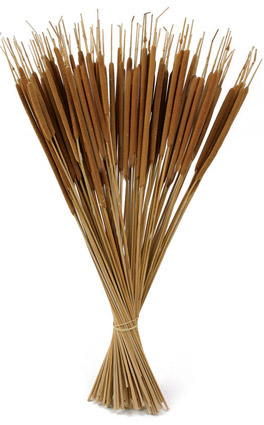
Cattail pollen - Pu Huang (Typha angustifolia L.) – is a major herb in Chinese medicine for external bleeding brought by traumatic injury. It is also very effective for internal bleeding such as nosebleed, coughing of blood, uterine bleeding, blood in the stool, etc. It also moves blood and benefits menstrual pain and postpartum abdominal pain due to blood stasis.
Three herbs that stop bleeding and also have the property to generate flesh - good for topical application on sores and chapped skin - are Bai Ji (Bletilla striata), Di Yu (Sanguisorba officinalis L.) and Da Ji (Cirsium japonicum). Da Ji also cools blood together with Huai Hua Mi (Sophora japonica), Qian Cao Gen (Rubia cordifolia L.), Ce Bai Ye (Biota orientalis), and Bai Mao Gen (Imperata cylindrica) – white grass. On the opposite Fu Long Gan (Terra Flava Usta) is an herb that stops bleeding through warming the blood. It is used for bleeding due to cold deficient patterns, especially the Stomach and Intestines.
Mugwort leaf – Ai Ye (Artemisia argyi) – is a central herb in Chinese medicine. Chinese believe that when burned mugwort is the only herb that has the property to pass through the skin and body tissue, and enter the channels (meridians). Mugwort leaves are pressed into cones or long cylinders and in a save distance from the skin burned over acupuncture points. This type of treatment is mostly used for “cold” conditions, yet experienced practitioners also know how to clear heat with this method. When compressed, burned, and used externally this herb in the West is known as “moxa” and the treatment method is known as “moxibustion”.
Ai Ye is also taken internally and belongs to the class of herbs that stop bleeding. It warms the abdomen and the womb and calms restless fetus. It is also used for infertility due to internal cold.
Healing foods
Foods that have the quality to stop bleeding are astringent foods or foods with general hemostatic properties.
To unlock the rest of this article select "Yes, I want to learn!" below.
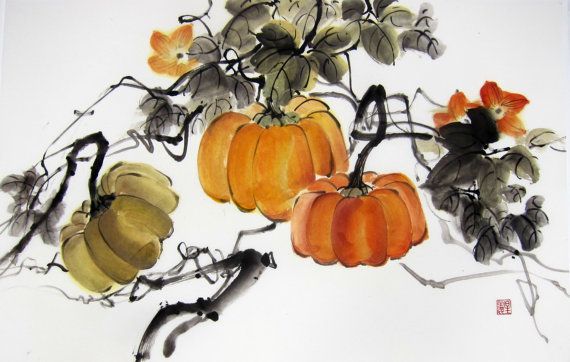
Food therapy is the most economical and non-toxic biochemical approach to health and disease. Food is something we continuously use to sustain our lives. Learning what foods are healing (and what disruptive) for each condition has the potential to convert every meal into a form of therapy.
YS
(1) Benski, Dan & Gamble, Andrew (1993). Materia Medica, Revised Edition. Seatle: Eastland Press, Incorporated
(2) Lu, Henry (2005). Chinese Natural Cures. New York: Black Dog & Leventhal Publishers, Inc.
(3) Pitchford, Paul (2002). Healing with Whole Foods. Berkeley: North Atlantic Books
(4) Holmes, Peter (1998). The Energetics of Western Herbs. Boulder: Snow Lotus Press, Inc.
Related Articles:
Herbs That Invigorate the Blood
Note: This site and its services are to consumer educational use only. Nothing contained in this site is or should be considered, or used as a substitute for medical advice, diagnosis or treatment. We advise users to always seek the advice of a physician or other qualified professional with any questions regarding personal health and medical condition. Please read our Disclaimer

